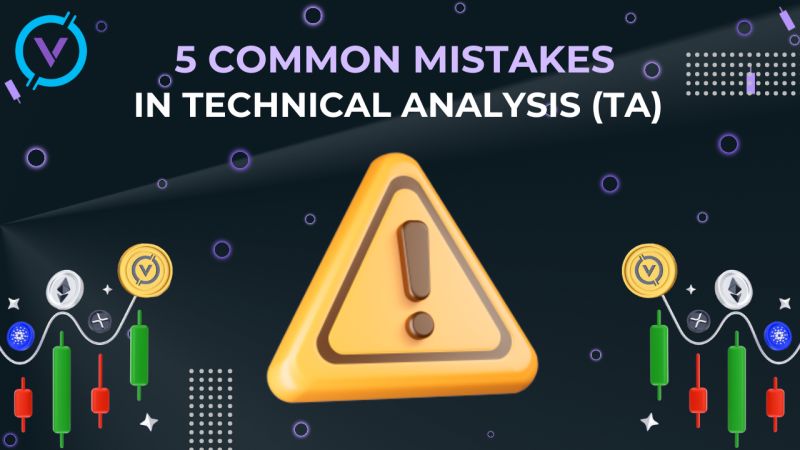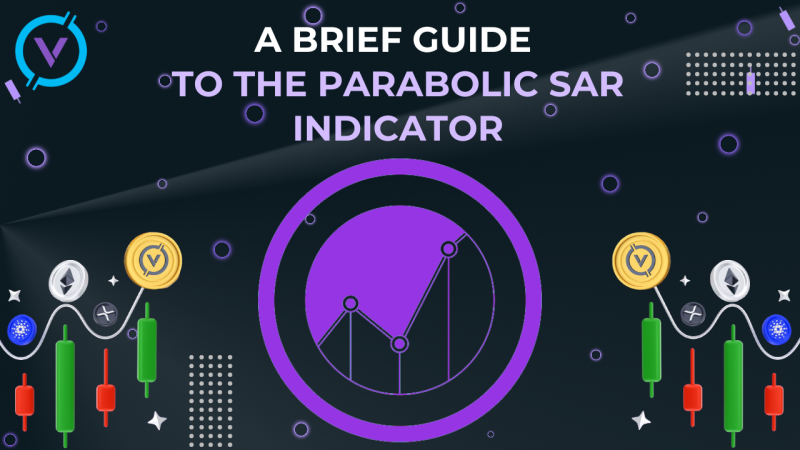Have you ever heard of multiverse? A lot of various universes that may exist despite our, as we believe, the unique one. Nowadays we can come across the phenomenon of ‘multi-chain’. Some people assume that multi-chain is our future. There is an opinion that instead of dominant blockchain we can obtain many networks, which are interconnected. A great point is that each of these networks will have its features, performance as well as security.
How our topic is connected with multi-chain, you may ask. The matter is that one of Polygon's goals is putting this idea into action with the help of a framework for making scaling solutions, which are adaptable to Ethereum. We suggest dealing with it in detail in our article.
Let’s start
Almost everybody has been waiting for the Ethereum scaling roadmap. At last this map is going to be accomplished. As far as the Polygon idea is concerned, it can be called one of the main parts of these attempts.
The Polygon idea is close to the area where messages have a possibility of transferring between various blockchains that have executed the protocol. Nevertheless, it has customized the idea only for the Ethereum system. The main point is that programmers can launch their Ethereum-compatible scaling solutions without any problems.
What are you, Polygon?
All frameworks are necessary, all frameworks are important. And Polygon is not an exception. Polygon stands for a framework. Its aim is to make Ethereum-adaptive blockchain networks and scaling solutions. It should be noted that Polygon is really a protocol rather than just a single solution. If you come across Polygon SDK, it means that programmers will be able to make the Ethereum-adaptive networks.
Of course, you could have already discovered the Polygon Network and PoS along with one of the first live goods in the Polygon system. Bear in mind, please, that sidechain is a parallel chain, which is connected to other blockchains.
When we speak about sidechains, we should say that they provide us with some profits – most outstandingly, boosted transaction outputs as well as not high fees. If we compare Ethereum and the Polygon Network, we can see that the latter is really faster and especially low in price.
You know, Polygon keeps up with the Ethereum Virtual Machine (EVM in short). It means that actual apps are usually transferred to it without any difficulties. Consequently, people are given a similar experience to Ethereum (including increased throughput and not high fees).
Imagine that a person is a user of the Polygon system. What can this person do? For sure, these things will not differ from Ethereum very much. Additionally, it will be faster and in a cheaper way. Nowadays Polygon continues to grow and is being advanced by the people who created it. For instance, they are Jaynti Kanani, Sandeep Nailwal, Anurag Arjun, Mihailo Bjelic.
What does Polygon’s work hide?
Secured chains as well as stand-alone chains are supported by the Polygon framework. As you remember, they are two Ethereum-adaptive networks. Let’s offer an example of a secured chain: it is a rollup. Let’s offer an example of a secured chain: it is a rollup. Let’s offer an example of a stand-alone chain: it is a sidechain.
The major pro of a secured chain is that it depends on the framework of the chain it is connected with. In this case, it has no necessity to acquire its own safety methods. Nevertheless, a stand-alone chain should ‘consider’ its own safety. Consequently, a secured chain can give an increased level of safety, and a stand-alone chain is more plastic in case we have special wishes.
It is high time we spoke about the Polygon Network.
To begin with, the Polygon sidechain is given safety with the help of its own validator pool.
Secondly, it must put forward checkpoints to Ethereum periodically. In this case people should pay attention to their own safety and forget about influencing the safety of Ethereum. In some cases it can be a very critical difference.
As far as our future is concerned, the main goals of the Polygon system are supporting a great number of scaling solutions (especially zero-knowledge rollups), optimistic (it meant to be) rollups, as long as Validum chains. Without any doubt, programmers will be able to create, create, create… Applications will be cooler, programs will be more successful, people will be happier.
MATIC token use cases
The best way to stake MATIC tokens is on Binance Earn along with the Matic Web Wallet (you know, it was created by the Polygon team). It is commonly used for paying gas fees, taking part in governance.
Have you ever heard of Polygon Bridge?
If the necessity of transferring funds from one blockchain to the Polygon sidechain arises, take the Polygon Bridge and you will make the right choice! Keep in mind, please, that it is needed to pay some mainnet transaction fees, because these bridging transactions are located on the mainnet.
If you manage to do it, you will be gifted an opportunity to have low fees and quick transactions on the Polygon.
Battle between sidechains and rollups
It is not a secret that they have absolutely various trust beliefs, safety, production, UX and programmer experience. Rollups are secured chains, and that is why they are one of the most favorable Layer 2 scaling solutions. They just inherit a lot percent of their safety from Ethereum. However, using a sidechain means a trustworthy item, both the network validators and the bridge between the two chains.
Let’s also consider other trade-offs.
In case you use the ETH mainnet, you should pay bigger transaction fees, experience not quick transaction times. Moreover, you will deal with the biggest safety guarantees and the least amount of trust needed in any party.
If people make use of a rollup, they will pay not so much, get comparable safety, and much quicker transaction times. When people make use of a sidechain, they will pay a fraction of what they’d pay on a rollup, but they make compromises on safety.
It is very difficult to say which option is better. No one can find an answer. We should decide which one would be good for us.
Programmers and project teams are permanently testing and discovering how each building block can suit the big system. Please, think over different variants because all of us have various aims.
Conclusion
After considering all of the above we can say that Polygon is a marvelous framework in order to make blockchain scaling solutions. Moreover, such solutions will be adaptive to Ethereum. The Polygon Network is a PoS sidechain, which allows quick, cheap transferrings as well as EVM adaptation.
We hope that in the future Polygon will let us scalability solutions along with, including zero-knowledge rollups, optimistic rollups, and stand-alone blockchains. So, let’s hope for the better and be positive like optimistic rollups!


